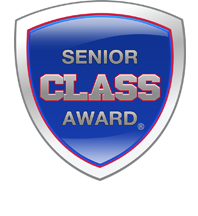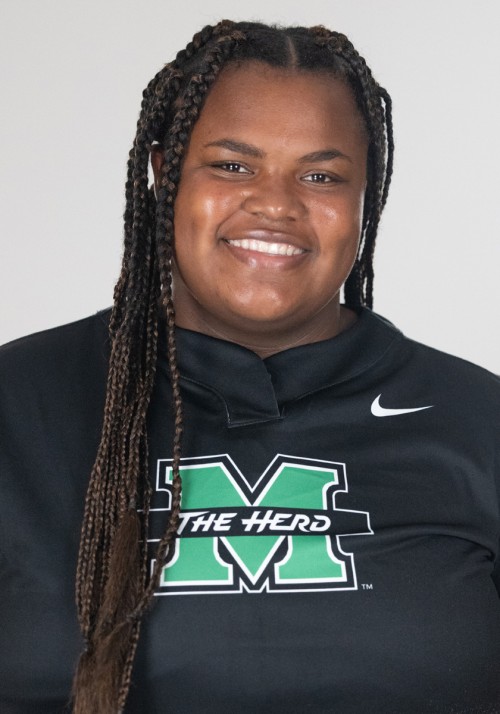
College Student-Athletes Become Part of a Community - That’s Where They Can Have the Greatest Impact
Classroom, character and competition are all important elements of the Lowe’s Senior CLASS Award, but community is where student-athletes can make the biggest impact.
When a student-athlete leaves high school behind and chooses a college, he or she becomes a part of a new community in many ways: by enrolling in an institution of higher learning and also by joining a new team.
The student-athlete lives and learns alongside other students from different places and backgrounds, and also forges relationships in practices and games with his or her new athletic teammates.
More importantly, the student-athlete joins the larger community that surrounds the college scene. Whether it is set in a major metropolitan area or a small, sleepy town, the local college is an important force in the community at large.
The student-athlete has a unique opportunity to contribute to the community. Those who are able to balance community involvement with the demands of academics and athletics should be applauded.
Let me take a moment to share my own experience while growing up in a southern town that is home to a major university.
One day, the star running back of the university’s football team took time out to visit our elementary school. He stood only about 5-foot-10 and weighed probably 180 pounds, but he looked 10 feet tall to me. My parents and teachers had always stressed the value of doing homework, but when this big-time football player reinforced that message, it carried a far greater impact. I attacked my assignments with renewed vigor, because if it was important to him then surely it was good for me. If he had urged us to eat worms every day, I would have been tempted to at least give it a try.
I wanted to relate that experience to give a small example of the impact a student-athlete can have in the community. Every time a student-athlete steps into an elementary school or a hospital or a church or a soup kitchen to take part in a service project or deliver an encouraging message, that student-athlete brings some element of stature that others in the community cannot.
My parents and teachers were great role models, but they didn’t score touchdowns on Saturdays in front of thousands of cheering fans.
All too often we hear about athletes getting in trouble off the field, running afoul of the law or breaking the rules. What we don’t hear about nearly as often are the countless examples of student-athletes reading to children at nearby schools, volunteering to work with disabled kids and pitching in to help on local charity projects.
I have seen school-age children line the fences at college softball games waiting for autographs, and watched eyes light up when a football or basketball player takes time to just say hello. Student-athletes have the ability to reach and relate to youngsters because of their standing in the community.
When the final whistle blows or the last horn sounds or the closing out is recorded on the student-athlete’s collegiate career, only a few will move on to play in the professional ranks. Even those few will one day retire from athletics. When all the games have been played, the athlete will still be part of a community, and that’s where the greatest value lies.



